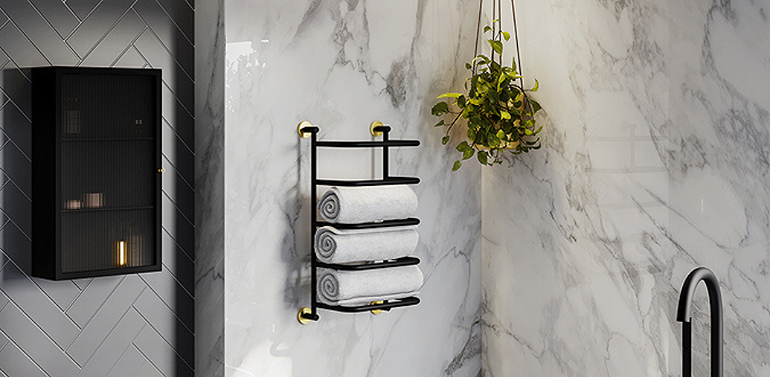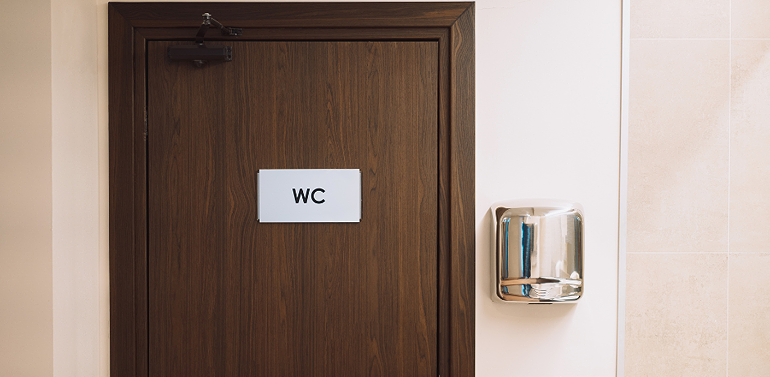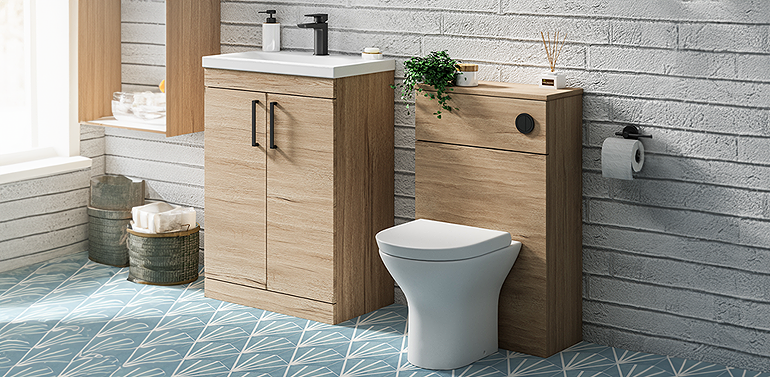EXTRA 10% OFF AREZZO WITH CODE: AREZZO10
*Free delivery on orders over £499
Can I Use Wall Tiles on the Floor?
Can I Use Wall Tiles on the Floor?
How different can wall and floor tiles really be? Quite different, as you’ll find out when we go through the crucial characteristics you need to be aware of.
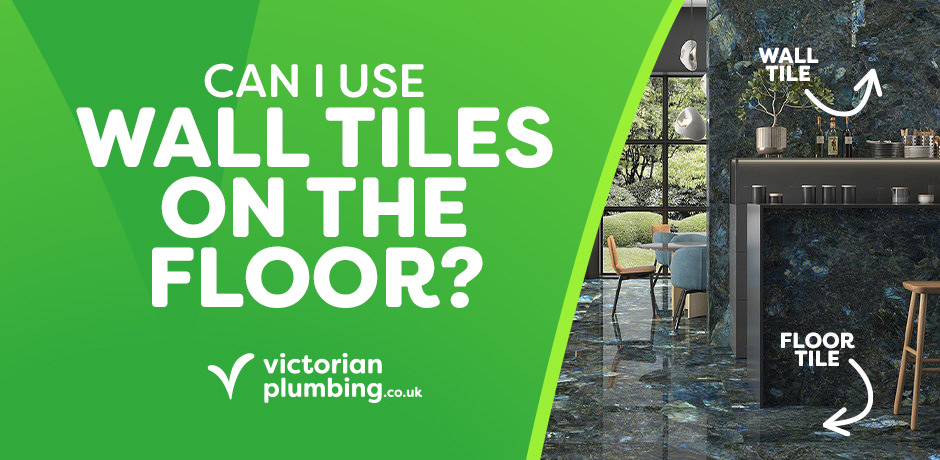
If you’ve found the perfect tile for your flooring, only to discover that it’s actually a wall tile, then you might be tempted to just disregard the label. A tile’s a tile, right? Well, the differences between wall and floor tiles are actually pretty important, and could make or literally break your flooring project.
The world of tiles and their suitability can get a little complex, but today we’re going to break it down for you. There are a couple of key points to look out for if you’re considering using a tile for your floors: the tile’s PEI rating, and (if it’s going to be used in a bathroom/kitchen) its anti-slip rating.
Wall and Floor Tiles - What’s the Difference?
Aside from their placement, there are some key differences between wall and floor tiles, and tiles that are suitable for both. If you think about how they’re used, floor tiles have to be more durable than wall tiles, because they have to withstand people walking across them.
For floor tiles in high traffic areas of your home, like entranceways and hallways, you’ll have to consider especially high durability tiles, and many wall tiles simply won’t be up to the task.
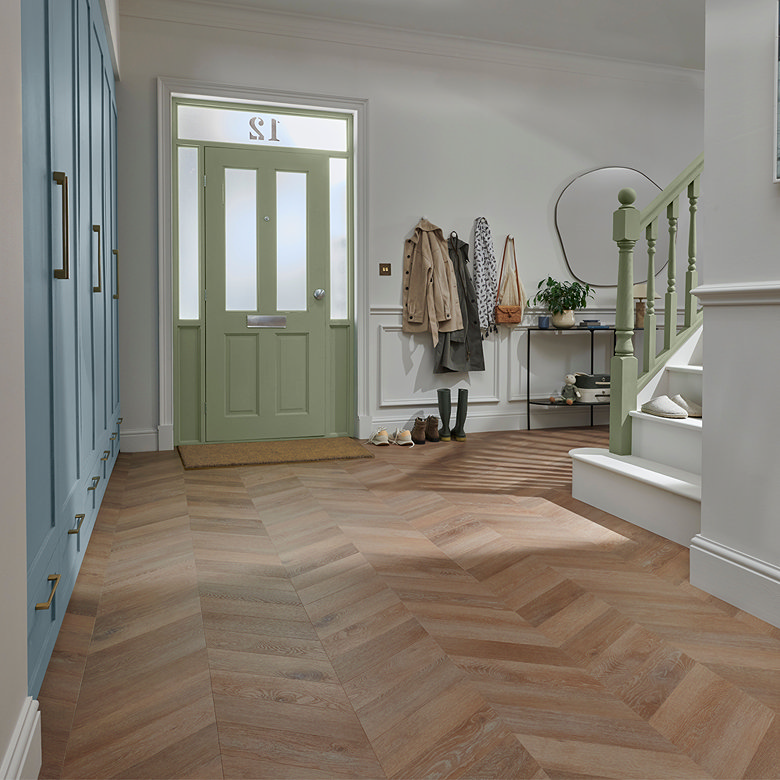
PEI Ratings Explained
How can you tell which tiles are durable enough for floor placement? Luckily, the Porcelain Enamel Institute already considered this, and created the PEI rating system. By checking what PEI rating a tile has, you can work out whether a tile is suitable for your floors, even down to how much typical usage it’ll be able to withstand.
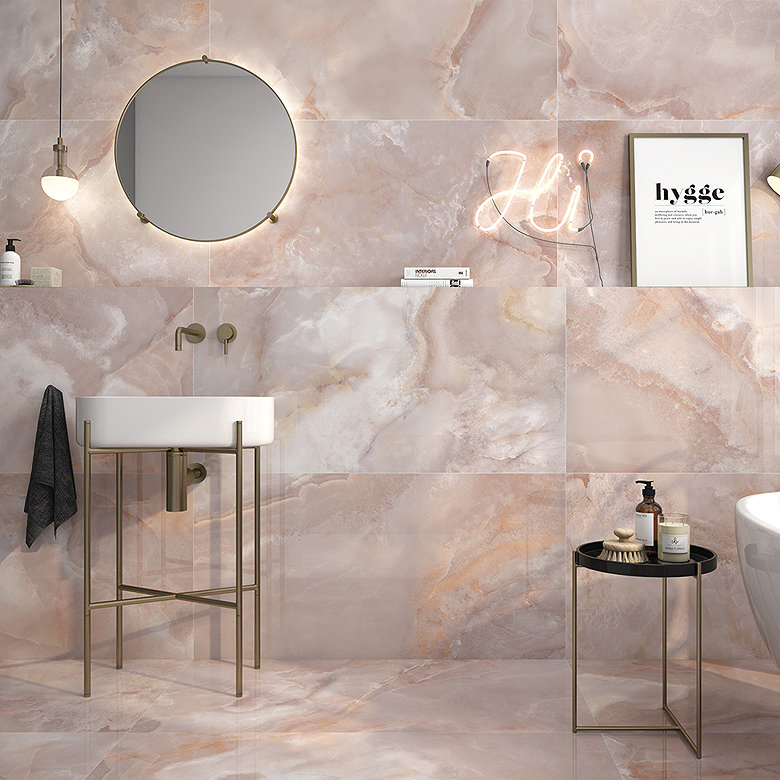
PEI 0 - Wall-Only Tiles
In short, if a tile has a PEI 0 rating, it cannot be used for floors. Not even for extremely low traffic floors, or floors that you’d never wear shoes on. PEI 0 means no floor usage at all, so if you’re looking at a tile with this rating, it’s definitely a wall tile and should only be used on your walls.
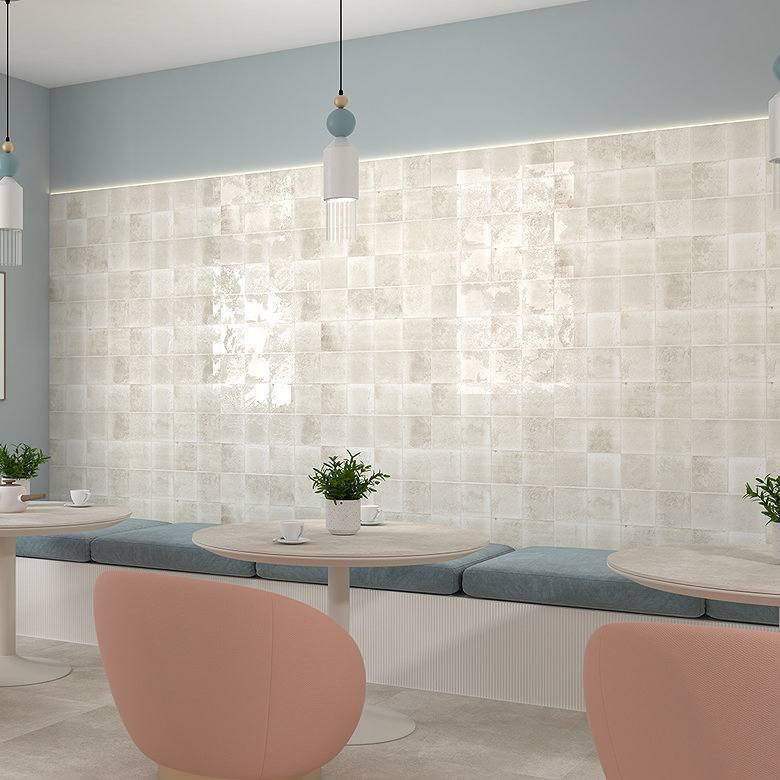
PEI 1 - Very Light Footfall Only
While you can technically use a PEI 1 tile for a floor, it’s not recommended for anywhere except extremely low traffic floor areas. For example, it might be suitable for a guest en-suite that isn’t used often. However, you generally wouldn’t want to be using PEI 1 tiles as floor tiles.
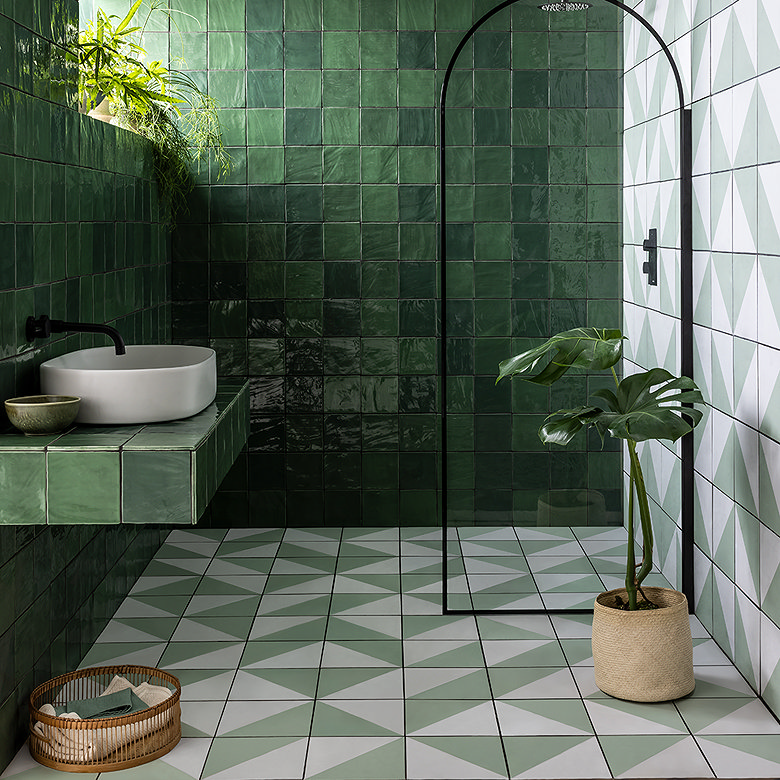
PEI 2 - Low Footfall
If a tile has a PEI 2 rating, then it’s slightly more usable as a floor tile than a PEI 1 or 0 tile. You can trust it for floors that have generally low footfall, such as bedrooms and bathrooms, especially en-suites.
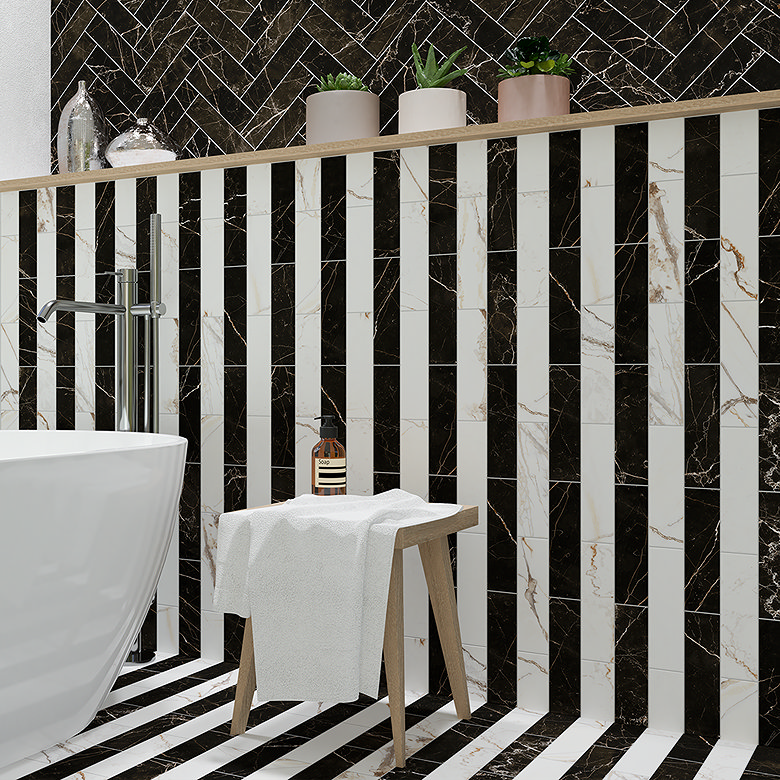
PEI 3 - General Footfall
Now we’re more solidly in ‘appropriate for floors’ territory. A PEI 3 tile is suitable for pretty much every area in your home, from kitchens and living rooms to hallways. It’ll be able to withstand regular footfall, including when you’re wearing shoes (which causes more wear and tear than socks/bare feet).
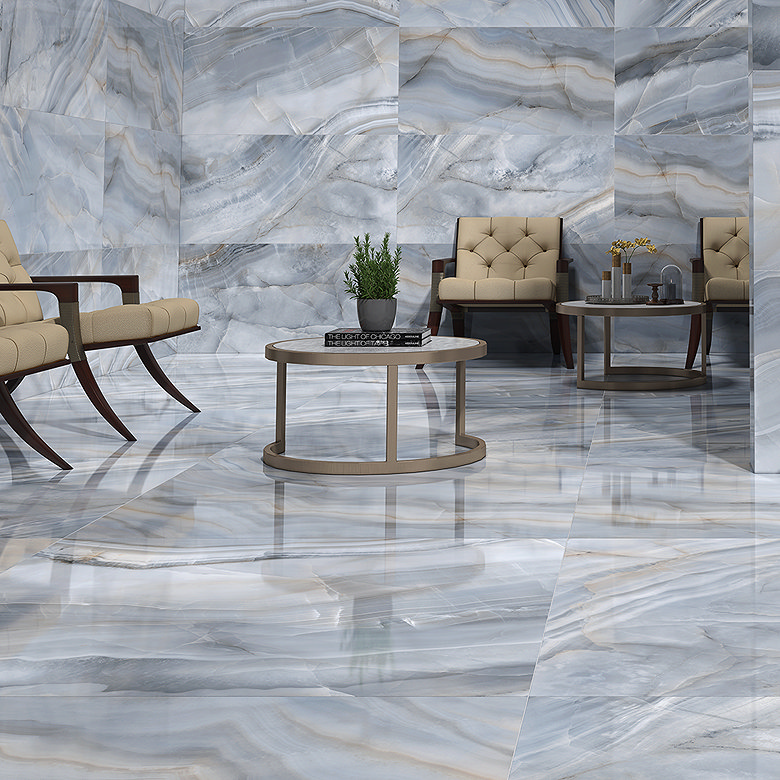
PEI 4 - High Footfall
You might be wondering how a tile can be more suitable for flooring than a PEI 3, if that’s appropriate for your whole house. The answer to that is that, of course, tiles aren’t just put in residential buildings, but also workplaces and retail buildings. PEI 4 tiles are suitable for high footfall; you might find them in a restaurant or an office, for example.
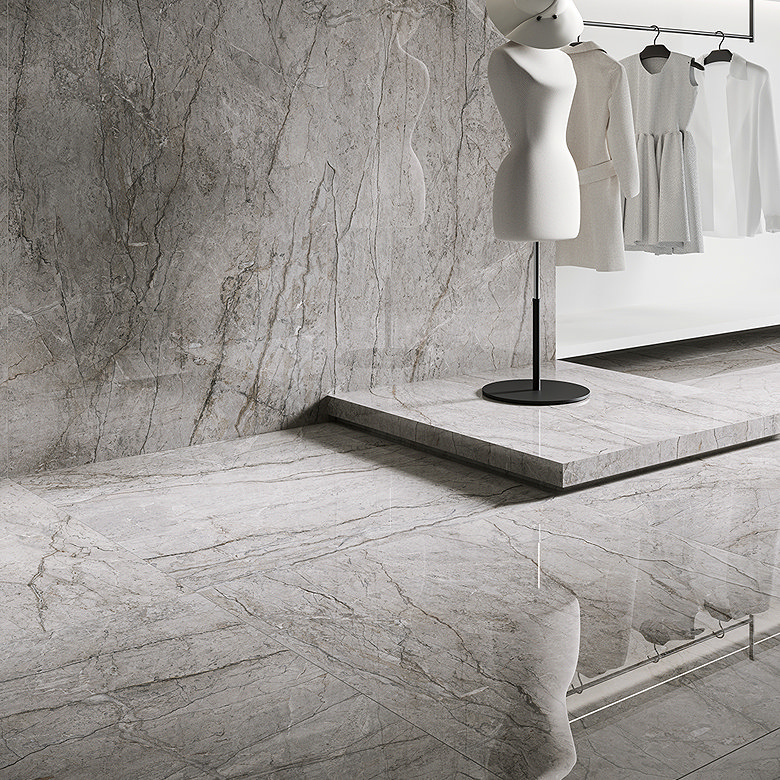
PEI 5 - Heavy-Duty Footfall
At the high end of the scale, PEI 5 is for when floors need to be seriously heavy duty. You’re very unlikely to need PEI 5, or even 4, in a residential home, but they’re useful for floors elsewhere. Spas, shopping centres, hotels, airports… Anywhere where the floors need to be able to withstand a really high amount of footfall every day.
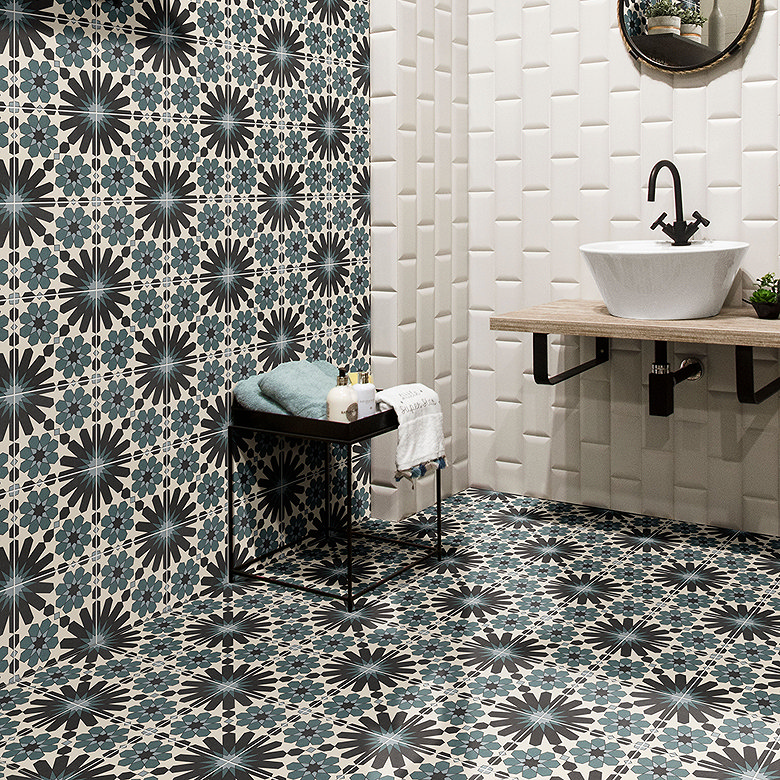
Anti-Slip Ratings: Another Wall/Floor Tile Consideration
PEI ratings, while useful, aren’t the only piece of information you should rely on when considering tiles to use for your floors. If you’re looking to tile a bathroom or kitchen floor, then you have to consider that those areas can be high in moisture (i.e. water/steam from the shower or cooking, as well as general spills).
Many wall tiles won’t have a high anti-slip rating, because there’s not really any need for them to be anti-slip. Since they’re intended for your walls, it’s assumed you won’t be walking on them! But some wall/floor tiles will have better slip protection, so it’s an important detail to consider.
When Would You Use the Same Wall/Floor Tiles?
So, not all tiles are suitable for flooring, but why would you want to use a wall tile on your floor anyway? Well, you might be aiming for a seamless, matching wall and floor look. You can do this by using the same tiles for both your walls and floors, making sure that it’s a tile that has a high enough PEI rating (and anti-slip rating, if applicable) to be placed on the floor.
We have a wide range of tiles that are suitable for both walls and floors, which primarily includes our porcelain tile collection. And if you’re looking for some tile ideas for smaller bathrooms or trendy kitchen tile looks, we’ve got you covered!

Oskar
Oskar is one of our bathroom bloggers here at Victorian Plumbing and he loves inspirational bathroom designs! When not writing popular 'How To' step-by-step DIY guides, he is posting buying guides that give great advice on how to go about purchasing your items.
